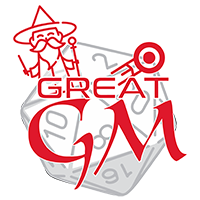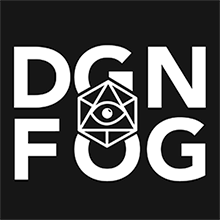Trichadon (Try-Ka-Don)
Summary
In the valleys that lie at the base of the Namorian Mountain Range, much life can be found from within its lush forests, sprawling meadows and rolling rivers. One creature native to this region is the Trichadon, a hulking, rough hide beast with a large quadrupedal body, shielded head and three signature horns. Two on either side of its head near its upper jaw and one final horn above a thick skull plate that resembles a brow.Features and Behaviors
There are many sources that detail the nature and features of the Trichadon. To begin, a youngling Trichadon is not as menacing as its adult or elder counterpart. Most Trichadon younglings are born with softer light brown skin and no skull plate or horns. At this stage of life they tend to stay close to their parents and the herd they're born into. Being Herbivores, Trichadons tend to favor life in the meadowlands and forests to find different plants, bushes and even some fruit trees to find food. The males in a Trichadon herd will use their long horns to reach high, skewer fruits or leaves and bring them back down to feed their female mates and the herd's younglings. The males themselves will typically enjoy grazing on tall grass or low-growing shrubs and occasionally share the fruit they find with one another. When going to a watering hole or river to drink, Trichadons will typically travel in groups of no fewer than three. One will act as a guard and alert the others to danger should it arrive. More Trichadons may stand guard depending on the size of the group they're escorting to drink. Their signature horns, skull plates and thicker hide begin to develop in their adolescent years. Their hide color changes to a darker gray, the small protrusions from their heads fan out to cover their skull above the jaw and over their eyes, and they grow slightly taller as their legs become more stout.Work and Domestic Applications
In early periods of Tarris 7 and continuing in some capacity today, some Trichadons were kept as field animals to plow soil and deposit seeds for farmland and others were raised as cavalry or siege animals. As a farm animal, a farmer or trained Trichadon handler would first equip the Trichadon with two horn-mounted plows and two seed-shaker bins on a harnessed saddle on the beasts' side. They would reign the beast to the field and command it to lower its horns so the plows could dig into the ground. Once the troughs began to form, the rider would pull a rope attached to the seed-shakers and let seeds fall from them and into the troughs. The foot falls of the Trichadon would pat the soil enough back over top of the troughs; preparing the seeds for watering by device or magical means. They could repeat this process until the whole field was plowed and planted, saving great amounts of time and energy for the farmers. Their waste also made for a decent compost to keep the soil nutrient rich. As a wartime animal, some armies kept Trichadons as devastating heavy cavalry or battering rams that would demolish enemy fortifications. Their skull plates were reinforced with tempered steel and their bodies clad in chainmail. Some divisions even equipped large war axe, mace, hammer, or cudgel heads onto the Trichadon's horns for greater destructive potential. Trichadon Riders would train their beasts for short skirmishes and focus on increasing their endurance for maneuverability and repeat charging. They could be commanded to run, turn, and swing their heads in different directions for varying strikes from their horns. Hammerhead Trichadons, as named by some of the riders who commanded them, were an invaluable asset in quickly laying waste to a town, village or door leading into a fortified area. The thunder of their massive hoof steps could be felt from a mile away in herds of 40 or more. Simple building walls would crack and crumble like paper under the might of their reinforced horns and the massive weight of the beasts. Truly walking tanks of sheer momentous force, they were cared for well and considered valuable assets to any army with rightful reason.Remove these ads. Join the Worldbuilders Guild









Comments